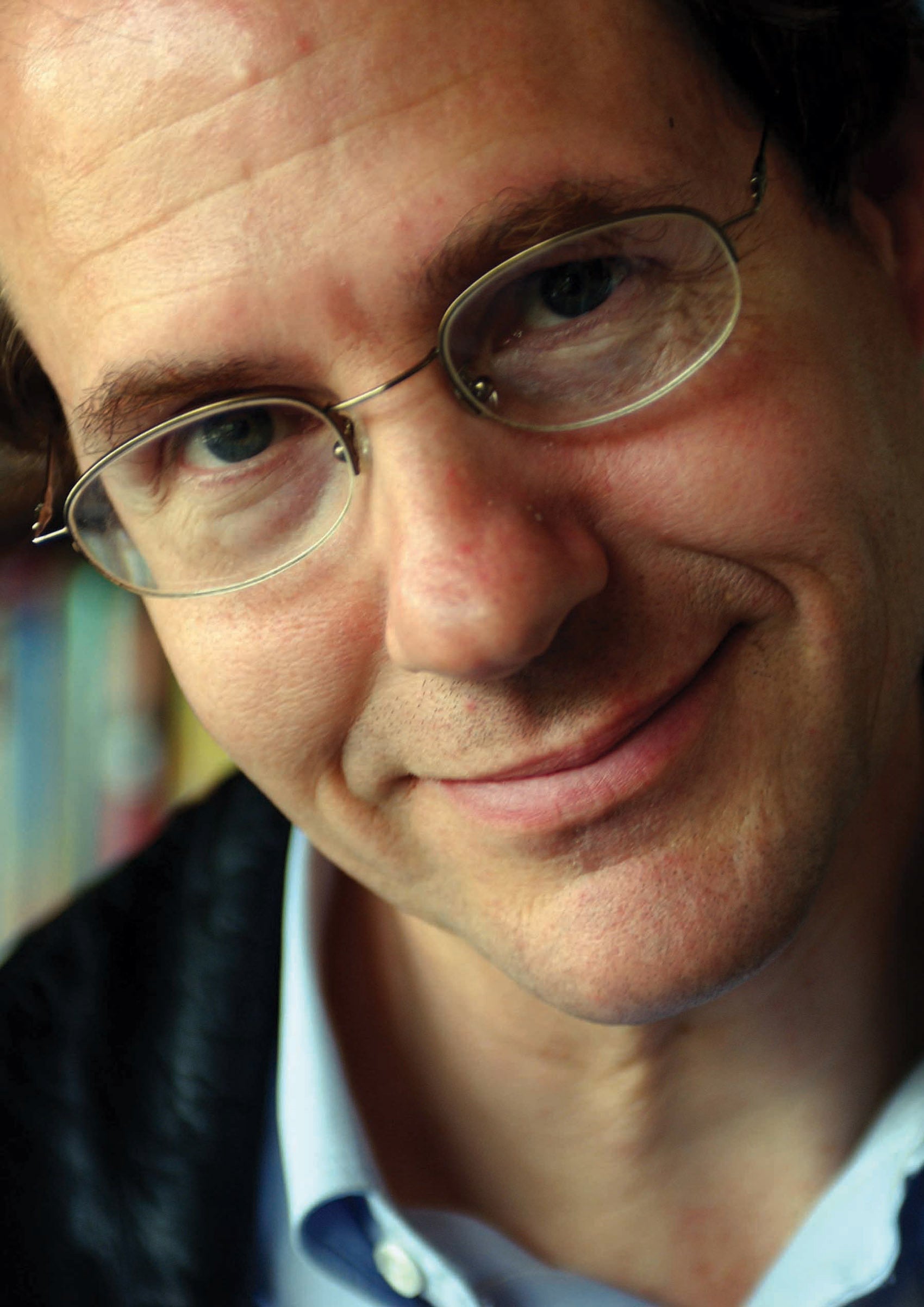Cass Sunstein is headed for Harvard, with some prescriptions for dealing with climate change
Consider the two most challenging environmental problems of our time—the depletion of the earth’s protective ozone layer, and global climate change. The first one, writes Cass Sunstein ’78, “has been essentially solved, whereas very little progress has been made on the second.”
For Sunstein, an acclaimed scholar who will join the Harvard Law School faculty in the fall, explaining that difference involves law and economics, behavioral science, psychology and even philosophy. Lately, he has been focusing on how leaders and citizens should assess dangers—ranging from climate change to terrorism—and react in ways that best protect the well-being of the human race.
Willful inaction in the face of possible harm is obviously perilous, Sunstein writes in a recent book, “Worst-Case Scenarios” (Harvard University Press, 2007), but reckless overreaction can sometimes be even more dangerous, especially if it leads to unintended consequences and the squandering of resources that might have been deployed to prevent other catastrophes. When we make assumptions about risk—and especially when we then choose to assume particular risks—we should do so with as much information as possible.
That means thoroughly identifying and quantifying the foreseeable consequences of alternative courses of action. It means wading into the waters of valuation and discounting, including the awkward pricing of human life. It means calculating the probabilities of particular scenarios and then running the numbers through the mill of cost-benefit analysis. Sunstein says that these tools, despite their shortcomings, are indispensable.
So far, he suggests, we have hardly overreacted to our most ominous environmental threats. If anything, we have not reacted enough. But in the ozone case, he says, we got it right. In 1987, not long after the discovery that chlorofluorocarbons were destroying the ozone, 183 nations (including the U.S.) ratified the Montreal Protocol for the phaseout of CFCs, which have now been reduced by 95 percent. By 2060, the ozone layer is expected to return to its natural state. The Montreal Protocol, says Sunstein, “is the most stunning success story in the history of international cooperation.”
Compare that to the 1997 Kyoto accord on climate change, which, despite being ratified by more than 130 nations, has languished. “It has been firmly rejected by the United States,” Sunstein notes. “It does not impose restrictions on emissions from the developing world, though China is now the world’s largest greenhouse gas emitter.”
The fates of both treaties, Sunstein argues, have been determined largely by decisions of the United States based on domestic cost-benefit analysis. For the U.S., the “monetized benefits” of the Montreal Protocol were rightly perceived as dwarfing the monetized costs. But the potential harms of climate change are still too abstract for most Americans to fear, and the costs of reducing carbon emissions are widely perceived as excessive. “The task for the future,” he writes, “is to devise an international agreement that resembles the Montreal Protocol in one critical respect: Its signatories, above all the United States and China, [must] have reason to believe they will gain more than they will lose.”
The clear implication is that if the cost-benefit analysis of climate change has thus far been myopic, it is because we haven’t yet undertaken the kind of risk assessments Sunstein advocates. Moreover, as he argues, those assessments should involve more than just numerical values. They must also involve moral values—including a “principle of intergenerational neutrality” that ensures that “the members of any particular generation should not be favored over the members of any other” in shouldering the costs of a fix.
For a generation already accustomed to passing off its debts on its grandchildren, that may come as a novel idea.
